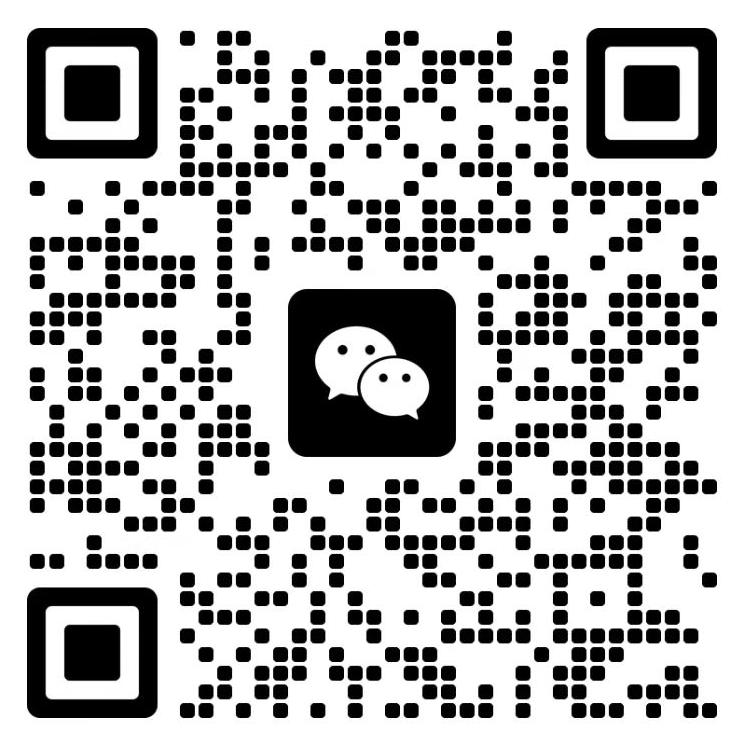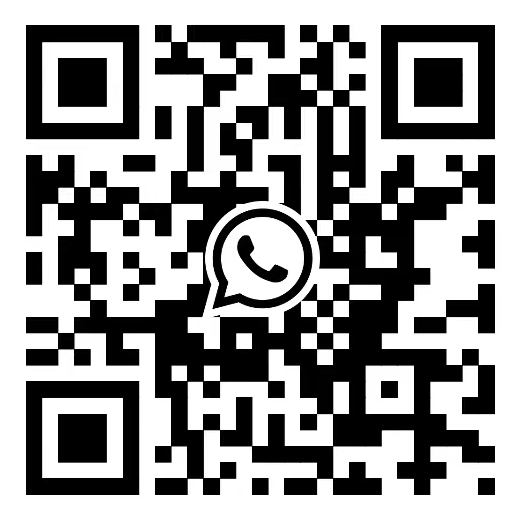Email : Felix.zou@sinvcle.com
The Afghan used car market presents a fascinating paradox of significant opportunity set against considerable risk. For exporters with the right strategy and risk tolerance, it can be a market of immense potential. This article breaks down the core dynamics you need to understand.
Strong Demand: As Afghanistan's economy gradually recovers, cars have become a necessity. Affordable used cars are highly popular among the general public. Additional demand comes from international aid organizations and growing transportation needs in rural areas.
Promising Growth: The vehicle sales market is projected to grow at a significant rate (16.9% by 2025), indicating substantial future potential.
Supportive Policies: The Afghan government has introduced tax and loan incentives to stimulate the used car industry, effectively reducing purchase costs and boosting sales.
Favorable Tariff Rate: Afghanistan classifies used cars as "second-hand equipment," subject to a uniform and relatively low customs duty rate of 5%. This provides cost certainty for importers.
Trade Agreements: Afghanistan has free trade agreements with neighboring countries like Pakistan, Iran, and Tajikistan. This may allow used cars from these countries to also benefit from the low 5% tariff, creating a competitive environment.
Complexity & Instability: The trade environment remains complex due to the legacy of conflict. Import processes involve cumbersome customs clearance and various certifications. Critically, policies can be unstable, requiring constant monitoring.
Market Leaders: The market is dominated by Toyota and Ford. Models known for reliability and off-road capability, like the Toyota Hilux, are particularly favored.
Fierce Competition: The market is crowded with numerous dealers and individual sellers. New entrants, including Chinese companies, face challenges such as well-stocked local competitors and a degree of market insularity.
Clear Consumer Preferences: Afghan buyers prioritize:
Affordability: Price sensitivity is high.
Practicality: Vehicles like pickup trucks that serve both passenger and cargo needs are ideal.
Durability & Easy Maintenance: Poor road conditions demand robust vehicles. Brands like Toyota are popular due to the widespread availability and low cost of spare parts.
Political & Security Risks: The overall security situation is unstable, and the trade policy landscape can shift unexpectedly.
Complex Import Procedures: Navigating customs, certifications, and regulatory compliance is a major hurdle.
Price-Sensitive Market: With limited local purchasing power, exporters must find a precise balance between price and quality. Cheap but unreliable vehicles will not succeed.
The Afghan used car market is not for the faint-hearted. It promises high growth driven by essential demand and supported by low tariffs. However, exporters must enter with a clear-eyed view of the challenges: political instability, logistical complexity, and fierce competition.
GET A QUOTE
Scan to Wechat :

Scan to WhatsApp :
